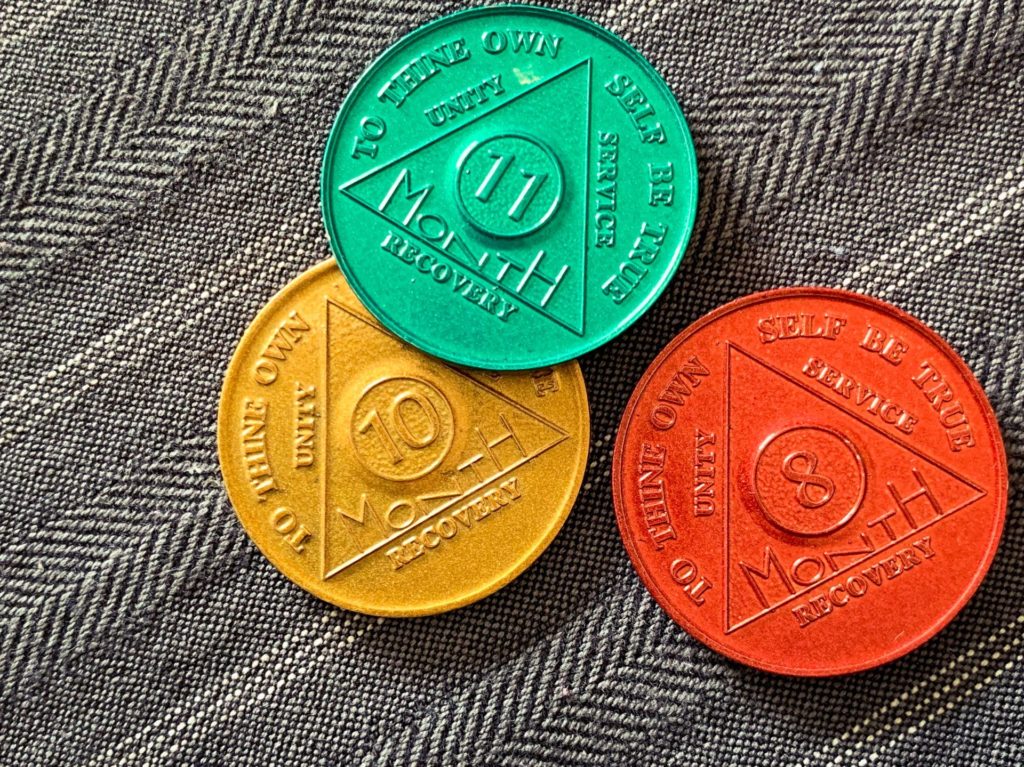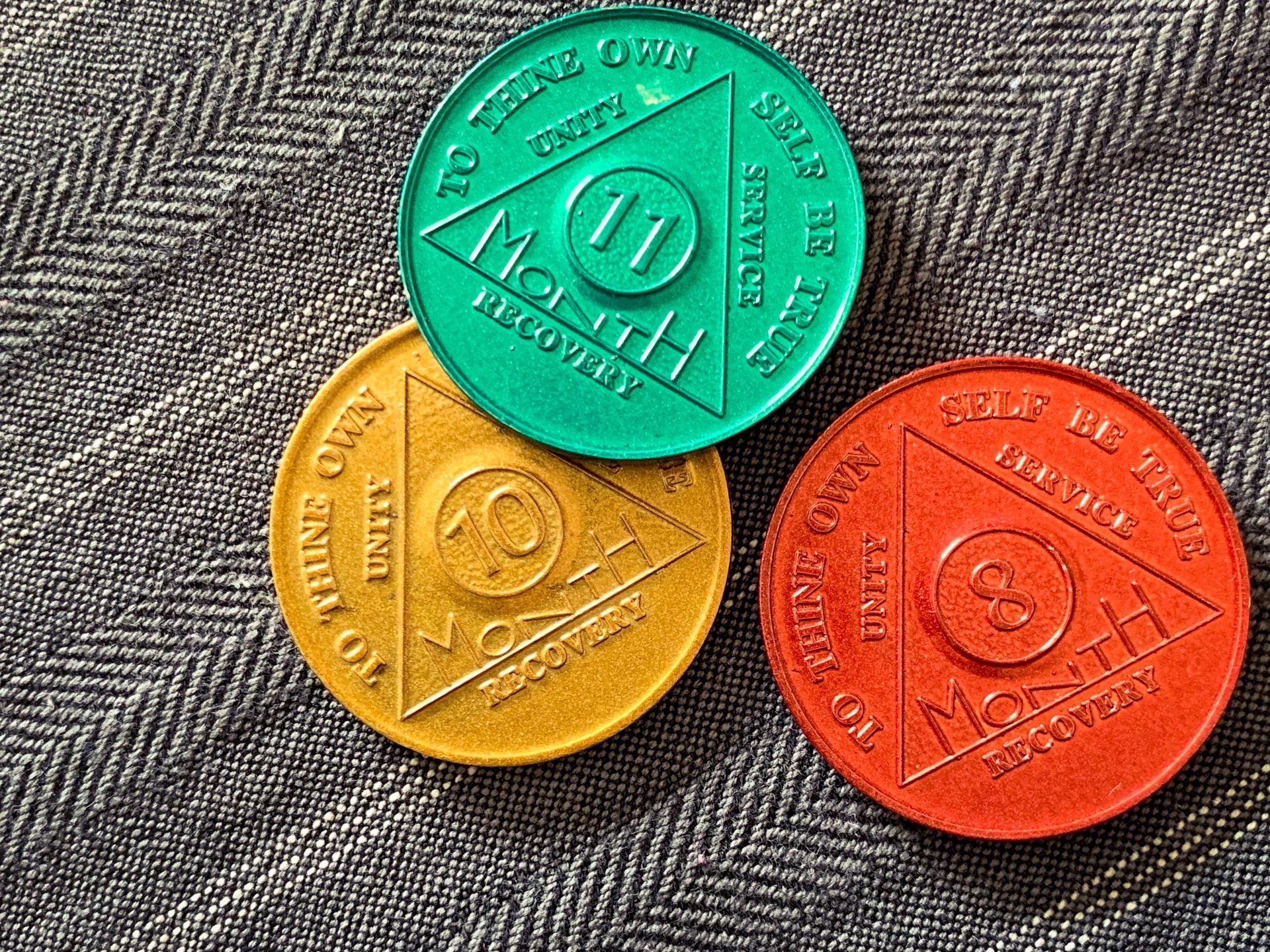What is the 12-Step Program for Addiction? Top 3 Benefits

Facing an alcohol abuse disorder is never easy. It can be frightening to realize that you are held in the grips of drugs or alcohol with no hope of escaping. While many never seem to rid themselves of this problem, some persevere.
For many, the 12-step program for addiction is the first step of recovery. We’re here to help you understand those 12 steps in full so you know exactly how they’ll help you.
What are the principles of the 12 steps?
The 12 steps often appear in a specific, seemingly sequential, order. Below you will find them in the same order that you will find them nearly anywhere else. But there is no right or wrong sequence to your 12 steps. So long as the principles of each are applied throughout the beginning stages of your journey.
Another thing to keep in mind is that the steps remain largely the same in Alcoholics Anonymous and Narcotics Anonymous groups. In either group, the words may change slightly, but the principles remain the same. Below are the 12-steps as they appear in Alcoholics Anonymous.
- We admitted that we are powerless over our addiction
- We came to believe that a power greater than ourselves can restore us to sanity
- Made a decision to turn our will and our lives over to the care of God as we understood Him
- Made a searching and fearless moral inventory of ourselves
- Admitted to God, to ourselves, and to another human being the exact nature of our wrongs
- Were entirely ready to have God remove all these defects of character
- Humbly asked Him to remove our shortcomings
- Made a list of all persons we had harmed and became willing to make amends to them all
- Made direct amends to such people wherever possible, except when to do so would injure them or others.
- Continued to take personal inventory and, when we were wrong, promptly admitted it
- Sought through prayer and meditation to improve our conscious contact with God as we understood Him, praying only for knowledge of His will for us and the power to carry that out.
- Having had a spiritual awakening as the result of these steps, we tried to carry this message to alcoholics and to practice these principles in all our affairs.
So, what are the principles of the 12-steps? You admit that your addiction is out of your control and accept the help of a higher power to guide you through recovery as you take steps to correct the problems it’s caused. Through prayer and meditation and making amends with those that your addiction has touched, you can start with a clean and empowered state that strengthens the likelihood of ridding yourself of the matter.
Spirituality is a significant component of this mechanism, and many may stray away from it because they don’t favor or hold traditional religious values. But if you read step 3 carefully, you can see that the text reads “God as we understood Him.” The 12-step program welcomes all beliefs so long as you are willing to relinquish your grip on your addiction and allow something greater than yourself to guide you through.
Where did they come from?
In 1938, Bill Wilson would write the Big Book for Alcoholics Anonymous that would contain the 12-steps. Those 12 steps were inspired by Wilson’s own accounts of his battle with alcoholism and how he found his way through the power of God and spirituality.
Wilson’s alcoholism was severe enough to send him to the hospital on multiple occasions. And through his open-mindedness to take on a spiritual transformation, he was able to quit on the spot and never drink again.
Since then, countless souls lost to the grips of addiction were able to find their way. The number of positive outcomes led to other groups, like narcotics anonymous, adopting the program to use for habits other than alcoholism.
What makes them effective?
The 12-step program takes the approach of regularly facing the negative impacts of addiction, our temptation to use, and taking responsibility for one’s actions. Those factors, paired with group support and the acceptance of help from a higher power, all work together to help those taking the 12 steps to succeed.
One thing some note is the fact that a feeling of warmth and safety accompanies the 12-step program. This level of reassurance and security allows one to take the time to reshape their spiritual and customary practices.
Many don’t like the idea that the 12-step program comes with accepting powerlessness against their addiction. Even then, still taking the time to open up in the group and one-on-one therapy sessions that are often part of the program still help the program succeed.
Top 3 Benefits of the 12-Step Program
1. Group interaction
The 12-step program is always linked to meetings with support groups. This factor alone proves to be highly beneficial. By connecting with others, you can share your concerns to receive advice and positive reinforcement from others. You are also subjected to a safe environment, which is necessary for the recovery process to succeed.
2. It helps one to accept themselves.
By taking the 12-steps, you are taking the opportunity to make amends for your actions. This, coupled with positive reinforcement from the groups and accepting help from a higher power, ultimately allows one to accept themselves. Accepting yourself as you are sets the groundwork to proceed toward a happier and healthier life.
3. Boosts spirituality
Spirituality is a significant component of the 12-step program. Regardless of the specifics of your spiritual beliefs, you can draw strength from them to recover. That power may also help you improve other areas of your life that you feel are holding you back.
How long does it take to complete the 12 stages?
Every person and every condition is unique. So there is no set time for the 12 steps to be completed or take full effect. However, most groups encourage attending 90 meetings in 90 days. That is a long time, but overcoming an addiction takes a lot of effort and time.
This timeframe is in place to help newcomers through the initial steps and learn more about those taking the same steps. Through this, they can draw inspiration to find clarity and strength, and even a sponsor to help keep them on the straight and narrow.
The 12-step program is nothing new. As we know, it’s been in use for nearly 100 years and for good reason. The process has aided countless cases of addiction recovery, and that can include yours. If you have more questions regarding the 12 steps or where you can find a group to help you through them, don’t hesitate to reach out to an addiction treatment center that will gladly help.

